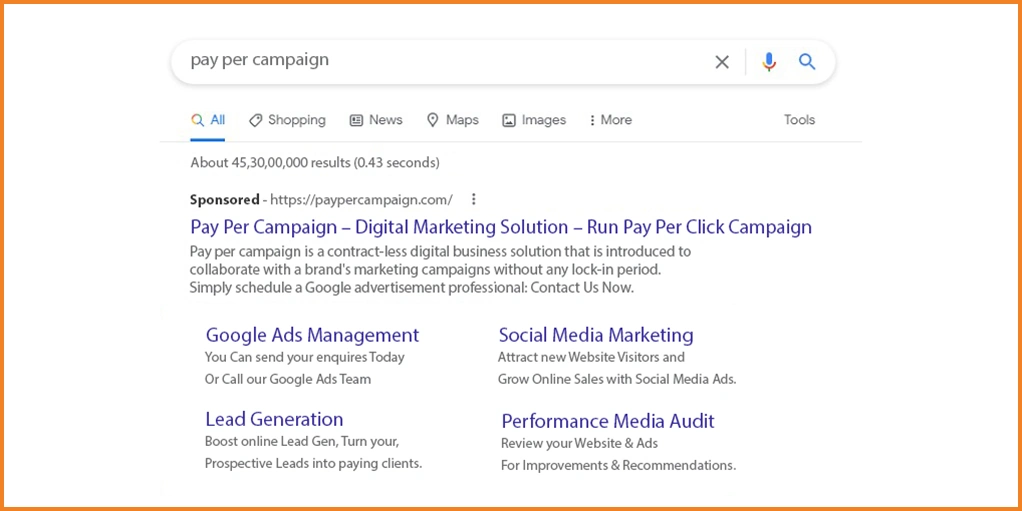Responsive Search Ads (RSA) have revolutionized the way advertisers create and deliver their messages on Google Ads. Unlike traditional text ads, RSAs allow advertisers to input multiple headlines and descriptions, which are then combined dynamically by Google’s algorithm to create ad variations. This flexibility offers a powerful way to tailor your message to different audiences and improve ad performance. In this blog, we’ll delve into the best practices for creating highly effective Responsive Search Ads.
Use the Maximum Number of Headlines and Descriptions
One of the primary advantages of RSAs is the ability to use multiple headlines (up to 15) and descriptions (up to 4). Utilize the full capacity by providing a variety of messaging options. This not only increases the chances of your ad being displayed but also allows for more tailored ad variations.
Craft Diverse Headlines and Descriptions
Each headline and description should offer a unique value proposition, call to action, or feature highlight. Avoid repetition, and aim to cover different aspects of your product or service. This diversity gives Google’s algorithm more options to combine your messaging effectively.
Use Keywords Strategically
Incorporate relevant keywords into your headlines and descriptions. When Google’s algorithm creates ad combinations, it will naturally prioritize those that closely match the user’s search query. Strategic keyword usage improves the ad’s relevance and performance.
Highlight Key Features and Benefits
Clearly communicate the unique selling points, features, and benefits of your product or service. This helps users understand what sets your offering apart and why they should click on your ad.
Include a Strong Call to Action
Every ad should prompt the user to take action. Whether it’s “Shop Now,” “Learn More,” or “Get Started,” a compelling call to action motivates users to engage with your ad.
Test Different Ad Variations
Regularly review the performance of your RSAs and make adjustments. Test different combinations of headlines and descriptions to identify what resonates most with your audience. Google Ads provides valuable data on which combinations are performing best.
Monitor Ad Strength
Google Ads assigns an ad strength rating to each RSA, indicating its overall quality. Aim for an “Excellent” rating, as this boosts your ad’s chances of displaying more frequently. To achieve this, make sure all assets (headlines, descriptions, and keywords) are of high quality and relevant to your business.
Maintain a Clear Brand Voice
Consistency is key. Ensure that all ad variations maintain a consistent brand voice so users can easily recognize your business. This includes using the same tone, style, and messaging across all RSA components.
Embrace Ad Extensions
Combine RSAs with ad extensions like site link extensions, callout extensions, and structured snippet extensions. These extensions provide additional information and context, making your ad more compelling and informative.
Regularly Review and Optimize
The digital advertising landscape is dynamic. Continuously analyze the performance of your RSAs, make data-driven optimizations, and stay updated with industry trends and Google Ads updates.
CONCLUSION
Responsive Search Ads offer a powerful way to refine and customize your messaging on Google Ads. By adhering to these best practices, you can create highly effective RSAs that drive engagement, improve click-through rates, and ultimately enhance the success of your advertising campaigns. Embrace the flexibility of RSAs and leverage their potential to connect with your target audience in a more personalized and impactful way.
To know more about Google Ads, Please visit https://paypercampaign.com/google-ads/





